How New Zealand’s youngest ever Maori Trustee is growing the Maori land economy
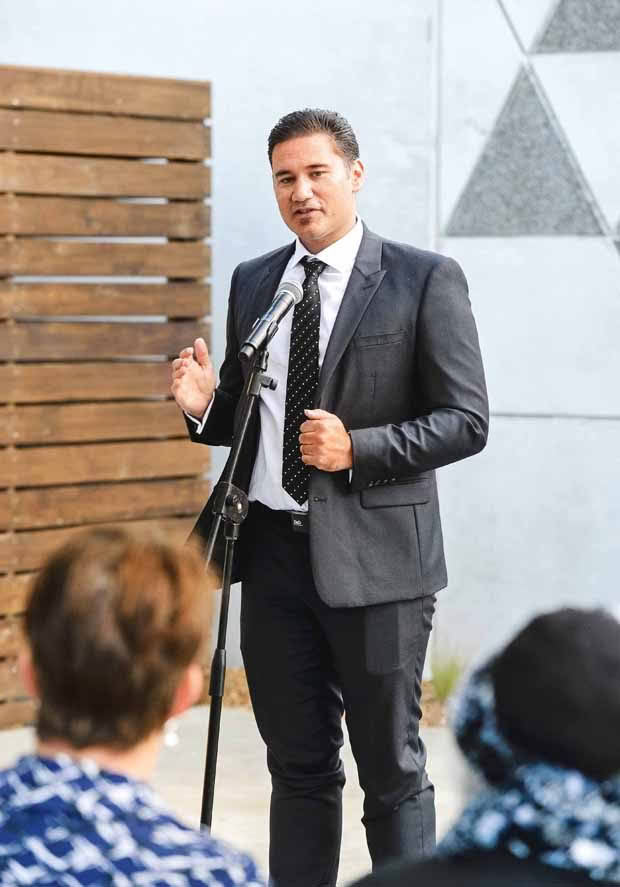
Te Aro Pa Trust Papakainga opening at Greta Point. Photo by Mark Coote for Te Tumu Paeroa.
Taranaki-born Jamie Tuuta is enhancing the potential of Maori land and assets in his role as the Maori Trustee
Words: Ann Warnock
WHAT IS THE MAORI TRUSTEE?
The Maori Trustee is the name given to the person who leads Te Tumu Paeroa – an independent, professional trustee organisation for Mãori land owners that oversees 100,000 hectares of Maori-owned land throughout New Zealand.
The position has existed for 95 years and has traversed massive legislative and attitudinal changes to Maori land. The Maori Trustee is appointed by the minister for Maori development but acts independently and free from any instruction from the Crown. Jamie Tuuta was appointed as Maori Trustee and CEO of Te Tumu Paeroa in 2011, aged 34 years old. He is the youngestever Maori trustee.
Māori land is a taonga tuku iho – a treasure to be passed down. Much of the land administered by Te Tumu Paeora has fragmented ownership titles – a consequence of the Crown’s early acquisition of Māori land. In many cases blocks of land have hundreds of owners making management an intricate issue.
ABOUT JAMIE TUUTA
Raised by his grandparents on a family owned dairy farm in north Taranaki and educated at Hato Petera College in Auckland and the University of Waikato where he studied law, Jamie was identified as a leader by his iwi – Ngāti Mutunga – as a teenager.
From the age of 19 he has played a pivotal role at a governance level with tribal matters, including the Deed of Settlement negotiations for Ngāti Mutunga and more recently the Deed of Settlement negotiations between the Crown and Taranaki iwi – signed in September 2015. Both agreements acknowledge some of the lowest points in Aotearoa’s history.
Jamie’s current portfolio of directorships includes Tourism New Zealand, Wools of New Zealand, Aotearoa Fisheries and Te Ohu Kaimoana – the Māori Fisheries Trust. He is a past recipient of the Sir Peter Blake Emerging Leadership Award. Jamie and his partner Tomairangi have four young sons and a daughter and live in Wellington.
HE IS PASSIONATE ABOUT:
- increasing the economic and environmental performance of the Māori primary sector;
- developing the confidence of Māori land owners to achieve strong governance;
- inspiring Māori land owners to have higher expectations of their land;
- investing in innovation and smart technology tools to a) increase geographical profiling of Māori land and b) boost owner engagement with land.

ABOUT TE TUMU PAEROA
- It works alongside Maori landowners to grow assets for future generations.
- It administers trusts, keeps registers of owners, leases land, develops business ventures, manages client funds and distributes grants.
- It handles 220,000 ownership interests, $100 million of client funds and administers 2000 trusts.
- It’s brought an end to unfavorable perpetual lease conditions – some that have existed for 80 years.
- Its portfolio includes beef, sheep and dairy farms, orchards, manuka honey plantations, housing developments and pack houses.
- Its work is underpinned by respect for the mana of the whenua and the people to whom the land belongs.
- Its head office is in Wellington.
- It has 120 staff and five regional offices.
- It was formerly called The Maori Trustee Office.
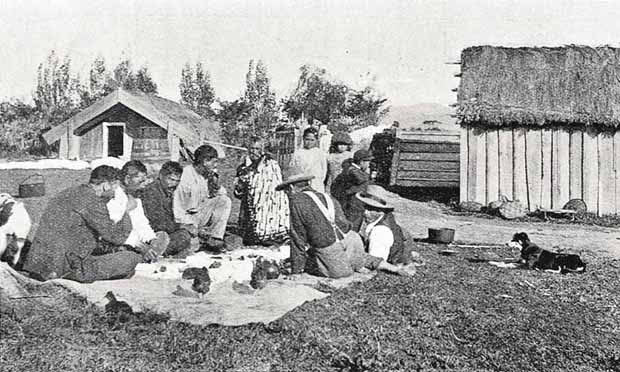
TE TUMU PAEROA– AN HISTORICAL SNAPSHOT
Historically Māori held a contrasting view of land ownership to Europeans. There was no concept of one person owning one piece of land. Rather whānau and hapū had rights to a piece of land, which was determined by whakapapa or ancestral links to the land’s earliest occupiers.
Conflict ensued when the colonial government set about acquiring land under the English model of absolute ownership. As a result Māori society was destabilized and displaced. Māori lost thousands of hectares and alienation followed.
During early land transactions with Māori, the Crown set aside native reserves, which were placed under the jurisdiction of the Public Trustee. Often perpetual leases were entered into at peppercorn rents.
In 1920 the government established a Native Trustee and Native Trust Office to administer native reserves. Over the years it evolved through a series of name changes, garnering increased responsibility for the complex issues pertaining to Māori-owned land.
In the late 1980s and early 1990s there was a major review of Māori land. In 1993 the Te Ture Whenua Māori Act recognised land as a taonga of special significance to Māori. It deemed that Māori-owned land should be retained for the use and benefit of its owners and focused on keeping land under Māori control and ownership.
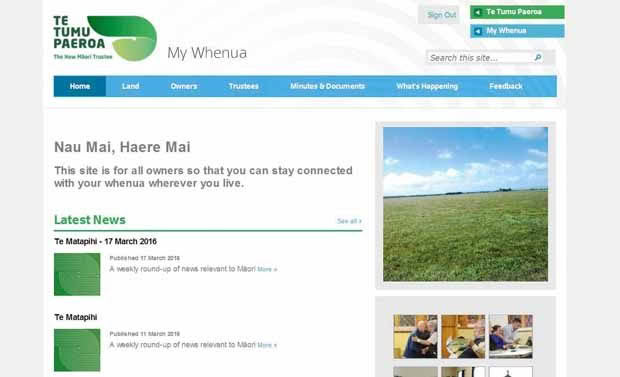
NEW TE TUMU PAEROA TECHNOLOGY
My Whenua is a portal allowing landowners and trustees to view interactive digital material, maps, images, a register of owners and the minutes of meetings about the land. There are currently 860 blocks and over 2500 owners using the tool.
A pilot of virtual meetings is being trialed this year to assist owners who live in remote areas or overseas. Drone technology will allow owners to see their land – many for the first time.
A CASE STUDY OF FOUR TE TUMU PAEROA PROJECTS
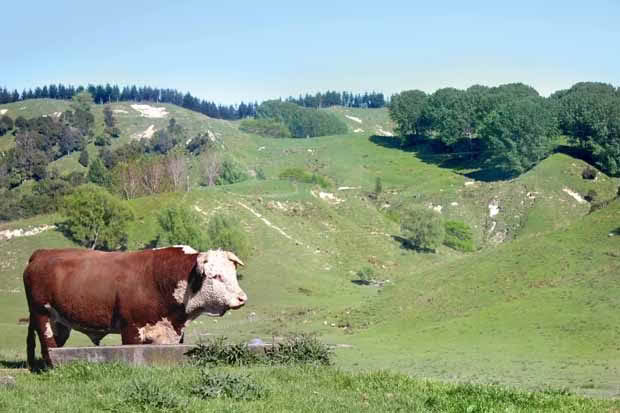
CASE STUDY 1. HEREHERETAU STATION
WAIROA, EAST COAST
- 2300 hectares, runs 23,000 beef and sheep stock units.
- Te Tumu Paeroa manages the property and has recently invested in an airstrip which services Hereheretau and neighbouring farms.
- The farm was established in 1922 by the Maori Soldiers Trust for the benefit of the spouses and families of returning First World War soldiers.
- Hereheretau Station’s profits support any descendants of Maori World War One veterans with educational grants.
- Discussions are currently underway with neighbouring Maori landowners of several hundred small blocks to look at ways in which Hereheretau can help support their land management and aspirations
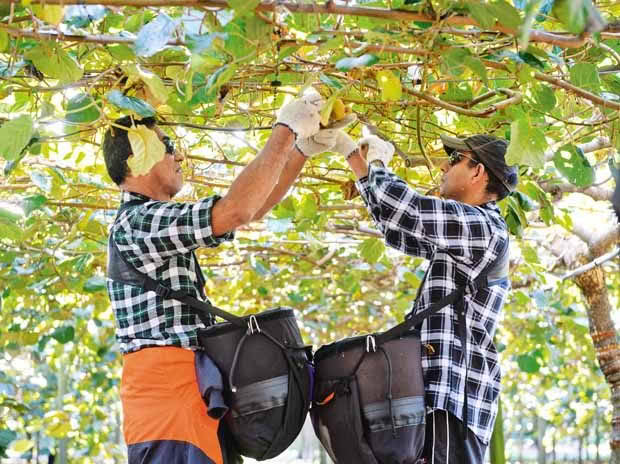
CASE STUDY 2: HAMAMA ORCHARD
TE KAHA, BAY OF PLENTY
- Established 20 years ago on a 4.4-hectare block of disused land (originally farmland it had been leased for market gardening and later overtaken by blackberry) in a joint venture between its 72 Maori owners and local investors.
- Te Tumu Paeroa has played a management role and provided start-up equity.
- Now a high-producing gold-kiwifruit orchard.
- Profits are channelled into distributions and educational grants for hapu attending university.
- Previously Te Kaha was listed as a WINZ blackspot – there were no jobs.
- The orchard has reinvigorated the community, created jobs and whanau are returning to Te Kaha to work and reconnect.
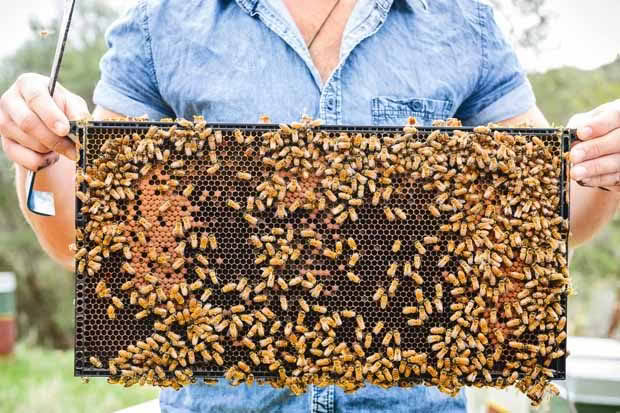
Beekeeping operation on Rangitatau West Rd near Whanganui. Photo by Mark Coote for Te Tumu Paeroa.
CASE SUDY 3. TE TUMU MIERE – MANUKA HONEY
TAIRAWHITI
- In 2013 a Te Tumu Paeroa pilot programme of bee hives on six Maori land blocks in Tairawhiti reaped $71,000 for landowners in a three-month season.
- It has since established Te Tumu Mıere – to support Maori land owners to be part of the manuka honey industry.
- Te Tumu Mıere manages the whole honey-production process for landowners – from identifying the best location for hives to harvesting and point of sale.
- Manuka thrives away from pollution and agriculture in remote parts of New Zealand. Maori own some of the most suitable land for manuka honey production in the world.

Te Aro Pa Trust Papakainga opening at Greta Point. Photo by Mark Coote for Te Tumu Paeroa.
CASE STUDY 4. AN URBAN PAPAKAINGA
WELLINGTON
- Located in the inner city suburb of Evans Bay with sea views – a cluster of 14 sustainable, low-maintenance homes designed by architect Roger Walker.
- Te Tumu Paeroa has led the project on behalf of Te Aro Pa Whenua Trust, which represents the land’s 1000 owners.
- Its viewed as a best-practice model for improving the use of urban Maori land.
- Its owners are descendants of Te Aro Pa, which once stood in the vicinity of Taranaki Street and Courtenay Place.
- The pa site was displaced by the British 200 years ago – in return its owners were given a plot of land in Aro Valley (next to the current day Happy Valley landfill and wastewater treatment plant) which was more recently swapped for the site at Evans Bay.
- Those people now living at the papakainga have ancestral links to Ngati Ruanui and Taranaki iwi – the inhabitants of Te Aro Pa.
- Papakainga – a housing development on multiple-owned Maori or ancestral land – “a nurturing place to return to”.

